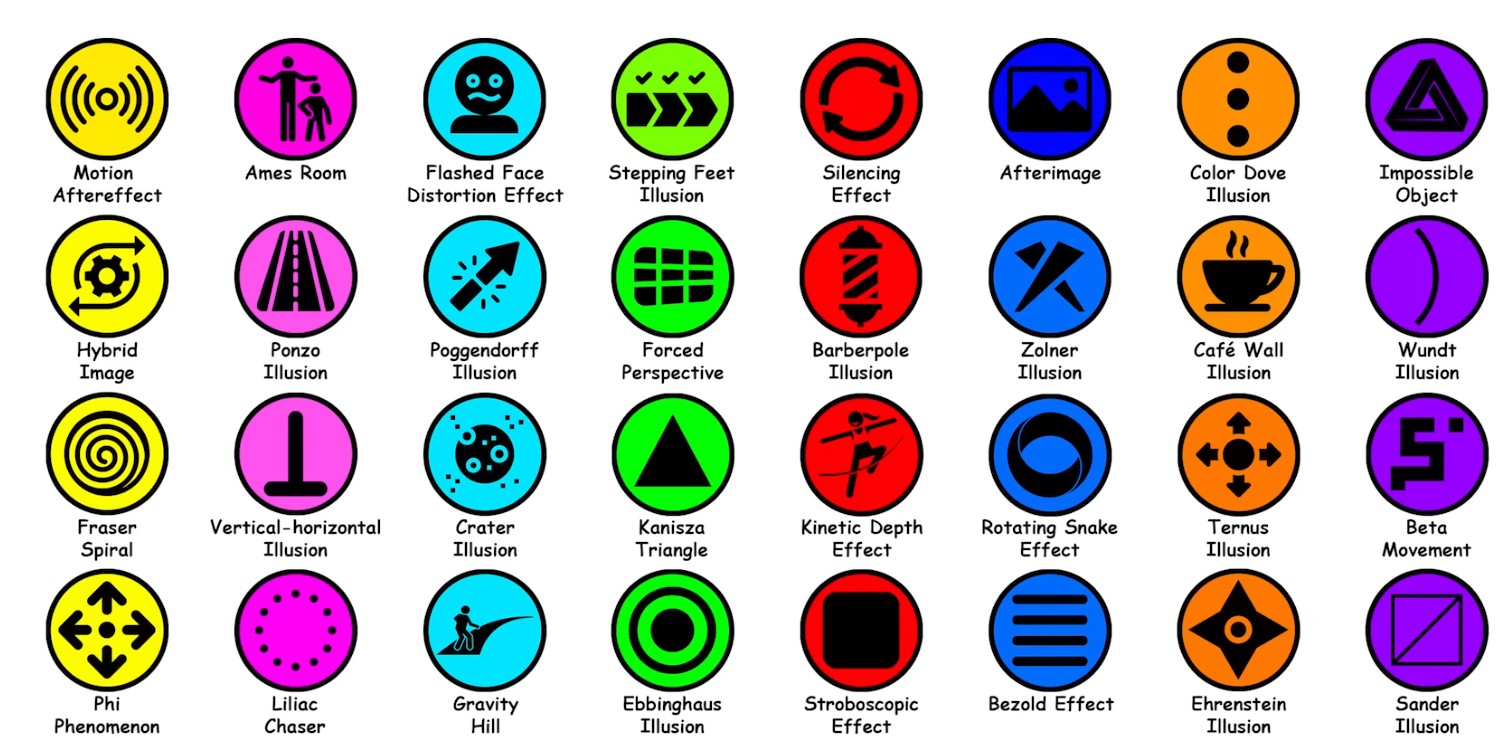BREAKING NEWS
LATEST POSTS
-
The Three Laws of Software Code Complexity
https://maheshba.bitbucket.io/blog/2024/05/08/2024-ThreeLaws.html
- A well-designed system will degrade into a badly designed system over time.
- Complexity is a Moat (filled by Leaky Abstractions).
- There is no fundamental upper limit on Software Complexity.
-
Raw hours – If you want to get really good at something, forget about shortcuts. You simply have to inject a ton of raw hours.
Jonathan Stern Raw hours
On Twitter yesterday, @RJoads asked me how I got good at styling (CSS).
I replied: “Raw hours. I’m obsessed with how things look and feel—probably more than the median engineer. Mind you, this has not always been a positive. I’ve been wildly distracted for hours and hours on the smallest items, things that truly do not matter to the business. But that’s how I’ve gotten better.”
If you want to get really good at something, forget about shortcuts. You simply have to inject a ton of raw hours.
“Work smarter, not harder” is a common refrain these days—particularly in sophisticated circles. The thing is, for most people I think it’s bad advice. My experience learning to code has suggested you have to work hard before you know how to work smart. No substitute for raw hours.
It’s similar to what Brian Armstrong says: “If you’re pre-product/market fit, the best advice that I have from that period is: action produces information. Just keep doing stuff.”
People with limited experience are similar to startups pre-product/market fit. Of course you should aim to work smarter! The catch is that you have to work extremely hard in order to know HOW to work smart. You must first go down dozens of dead-end paths to know where the smarter paths lie.
The second catch is that in order to be able to inject a ton of raw hours in a natural, sustainable way, oftentimes you need to be OBSESSED. Otherwise – you’ll be banging your head against the wall year after year. Some people are so dogged they’re able to do it. But this is exceedingly rare and probably not worth aspiring to.
“It’s hard to do a really good job on anything you don’t think about in the shower.” – Paul Graham
Doing is normally distributed; Learning is log-normal
https://hiandrewquinn.github.io/til-site/posts/doing-is-normally-distributed-learning-is-log-normal
-
braindump.me – Building an AI game studio: what we’ve learned so far
https://braindump.me/blog-posts/building-an-ai-game-studio
Braindump is an attempt to imagine what game creation could be like in the brave new world of LLMs and generative AI to give you an entire AI game studio, complete with coders, artists, and so on, to help you create your dream game.
FEATURED POSTS
-
Free fonts
https://fontlibrary.org
https://fontsource.orgOpen-source fonts packaged into individual NPM packages for self-hosting in web applications. Self-hosting fonts can significantly improve website performance, remain version-locked, work offline, and offer more privacy.
https://www.awwwards.com/awwwards/collections/free-fonts
http://www.fontspace.com/popular/fonts
https://www.urbanfonts.com/free-fonts.htm
http://www.1001fonts.com/poster-fonts.html

How to use @font-face in CSS
The
@font-facerule allows custom fonts to be loaded on a webpage: https://css-tricks.com/snippets/css/using-font-face-in-css/
-
sRGB vs REC709 – An introduction and FFmpeg implementations

1. Basic Comparison
- What they are
- sRGB: A standard “web”/computer-display RGB color space defined by IEC 61966-2-1. It’s used for most monitors, cameras, printers, and the vast majority of images on the Internet.
- Rec. 709: An HD-video color space defined by ITU-R BT.709. It’s the go-to standard for HDTV broadcasts, Blu-ray discs, and professional video pipelines.
- Why they exist
- sRGB: Ensures consistent colors across different consumer devices (PCs, phones, webcams).
- Rec. 709: Ensures consistent colors across video production and playback chains (cameras → editing → broadcast → TV).
- What you’ll see
- On your desktop or phone, images tagged sRGB will look “right” without extra tweaking.
- On an HDTV or video-editing timeline, footage tagged Rec. 709 will display accurate contrast and hue on broadcast-grade monitors.
2. Digging Deeper
Feature sRGB Rec. 709 White point D65 (6504 K), same for both D65 (6504 K) Primaries (x,y) R: (0.640, 0.330) G: (0.300, 0.600) B: (0.150, 0.060) R: (0.640, 0.330) G: (0.300, 0.600) B: (0.150, 0.060) Gamut size Identical triangle on CIE 1931 chart Identical to sRGB Gamma / transfer Piecewise curve: approximate 2.2 with linear toe Pure power-law γ≈2.4 (often approximated as 2.2 in practice) Matrix coefficients N/A (pure RGB usage) Y = 0.2126 R + 0.7152 G + 0.0722 B (Rec. 709 matrix) Typical bit-depth 8-bit/channel (with 16-bit variants) 8-bit/channel (10-bit for professional video) Usage metadata Tagged as “sRGB” in image files (PNG, JPEG, etc.) Tagged as “bt709” in video containers (MP4, MOV) Color range Full-range RGB (0–255) Studio-range Y′CbCr (Y′ [16–235], Cb/Cr [16–240])
Why the Small Differences Matter
(more…) - What they are





